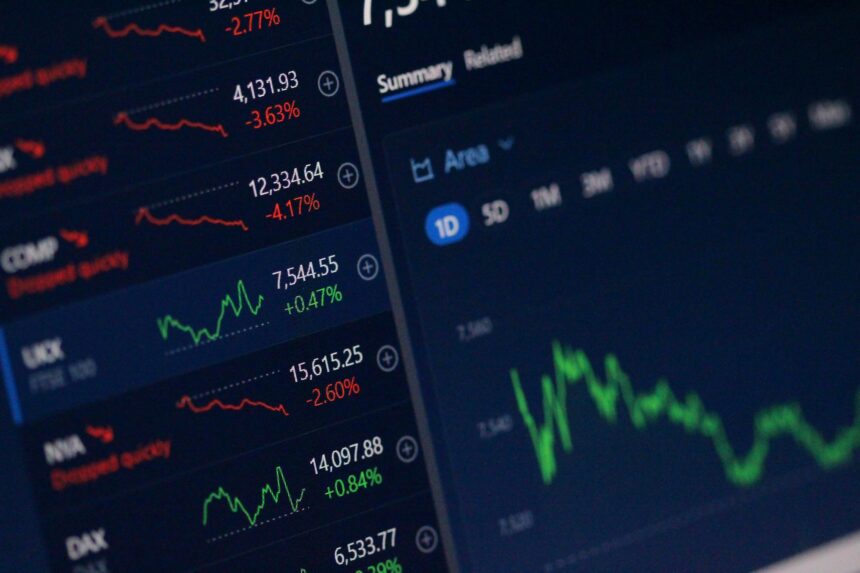Apple may have beaten Wall Street’s expectations this quarter, but investors weren’t exactly celebrating. Shares of the tech giant slid nearly 4% in after-hours trading, as trade tensions with China, lackluster iPhone momentum in Asia, and ongoing uncertainty around tariffs overshadowed what would otherwise be a strong earnings report.
Apple posted a healthy 5% increase in year-over-year revenue, bringing in $95.4 billion for the March quarter. But performance in Greater China—a region it once relied on for explosive growth—remains a thorn in the company’s side. Revenue there dropped 2.3% to $16 billion, continuing a downward trend after an 11% decline the previous quarter.
Competition Heats Up in China
Brands like Xiaomi, Oppo, and Vivo are not only more affordable, but in many cases, now offer more advanced AI features than latest iPhone models.
The iPhone 16e, Apple’s more budget-conscious offering, did see strong demand overall—but its lack of standout AI features has made it less appealing in the Chinese market, where digital innovation is moving at breakneck speed. Consumers there aren’t just looking for sleek design; they want devices that push the envelope in terms of smart capabilities.
Tariff Uncertainty Looms Large
During Apple’s earnings call, CEO Tim Cook admitted that the company is entering uncharted waters when it comes to tariffs. “The outlook for tariffs is very difficult to predict,” Cook said, noting that Apple expects an additional $900 million in costs this quarter alone, thanks to levies that are already in place.
Although President Donald Trump recently removed reciprocal tariffs on electronics, many Apple products are still caught in a 20% import tax tied to anti-fentanyl legislation. It’s a confusing, and frankly frustrating, scenario for global companies like Apple that are trying to plan ahead.
As part of its risk mitigation strategy, Apple is reportedly preparing to shift iPhone assembly for U.S. markets to India as soon as next year. Still, Cook made it clear that China remains central to its operations, especially for products sold outside the United States.
Apple Bets Big on Itself
Despite these headwinds, Apple sent a powerful message to investors: it’s not going anywhere. The company announced a jaw-dropping $100 billion stock buyback—one of the largest in its history—and raised its dividend by 4% to $0.26 per share. It’s a strategic move designed to keep shareholder confidence high, even amid all the turbulence.
iPhones Hold Steady, But Services Steal the Show
iPhone sales reached $46.8 billion, up 1.7% from a year earlier, largely driven by the affordability of the 16e model. But the real MVP of the quarter was their Services division, which includes iCloud, Apple TV+, and the App Store. That segment brought in $26.7 billion—a 12% year-over-year increase.
However, even this bright spot isn’t without clouds. Growth in Services has slowed slightly compared to last quarter’s 14%, and regulators in both the U.S. and Europe are taking a closer look at Apple’s App Store policies, especially around third-party payments.
Hardware: Mixed Bag
Sales of Mac and iPad devices saw healthy growth—7% and 15%, respectively—thanks to the rollout of new M3-powered MacBooks and updated iPads. Meanwhile, the Wearables, Home, and Accessories division saw a 5% drop in revenue. Cook chalked this up to a tough year-over-year comparison, as last year’s Vision Pro headset launch inflated those numbers.
Can Apple Win Back China?
Looking ahead, one of Apple’s biggest challenges will be regaining its footing in China. The company has historically entered markets late and then dominated them—just look at how it reshaped the smartphone and smartwatch industries. Many analysts believe Apple could still make a big splash in AI, especially if future iPhones come loaded with cutting-edge smart features.
But for now, investors will be watching closely to see if Apple can weather the political and competitive storm.
Read Also: Shell launches multi-billion share buyback after beating expectations






